Music is a territory of various elements. Time, synchronicity, pauses, tonality, harmonic nuances, dynamic variations etc. While time elements are generally fairly distinctive, some others aren’t. Recorded music always contradicts reality in the domain of perception.
As a matter of fact, recorded music is somehow an illusion. An illusion of frequency fullness, harmonic plentiness, correctness of intensity and so on.
The main problem dealing with recorded music content is to bring as much as humanly possible is the perception close to reality. Largely, this is a mind game. Where, and when, perception wins, reality loses. And if we let reality win, perception would tear us apart… That’s the reason why “unreal” recorded music always sounds very “different” from the “real” performed live. Needless to say we needed a compromise here. Well, not so late after... “man gave names to all the animals”, he invented studio monitor speakers! While he was struggling to light a fire in his shack he was trying as well to compromise perception with reality. Αnd as today's music goes back to prehistoric times, the controversy over whether monitor speakers should enhance perception or reproduce reality has erupted.
Given all the above I would say that Auratone’s Sound Cubes are not the kind of monitors that enhance perception. They are focused on the less spectacular and ostentatious goal of reproducing reality, the pure yet complex reality of that graph curve showing the variations of tonality in relation to time which we used to call music.
I’ m using Sound Cubes as reference monitors along with passive Westelakes Lc 8.1, KRKs R6 and active Emes Cobalt in a professional recording studio. In my opinion, they provide a thumbnail, a concise but accurate "summary" of the final outcome of a mixing while they can also be very useful during tracking.
In an acoustically well-treated room they will unfold their sound virtues providing the user a valuable tool to approach musical realism. I think, in this environment you would hardly experience the emphasis on the middle range frequencies which these speakers are notorious. I also find the performance of the low range quite satisfactory in relation to their dimensions and what is written and said sometimes. Obviously they are not for newcomers who are looking for, and excited about, super bass and super highs and prefer impressive sound reproduction despite realistic representation. In conclusion, Aurotone’s Sound Cubes are critical listening tools of a very good quality that offer precision and accuracy while they always remain pleasant to the listener's ears.


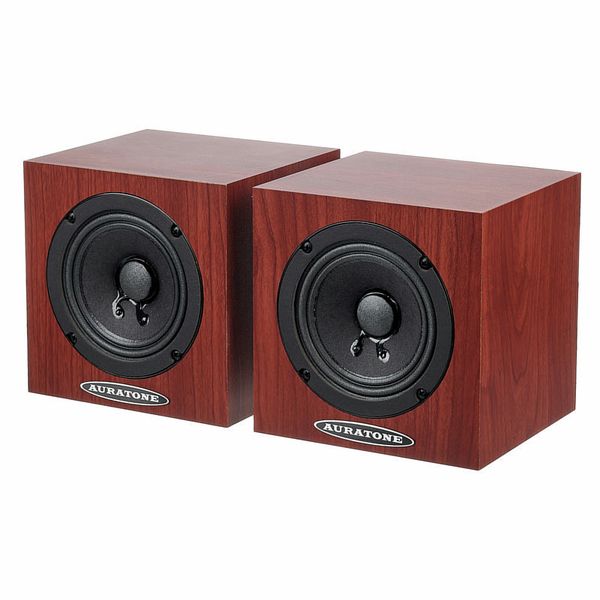
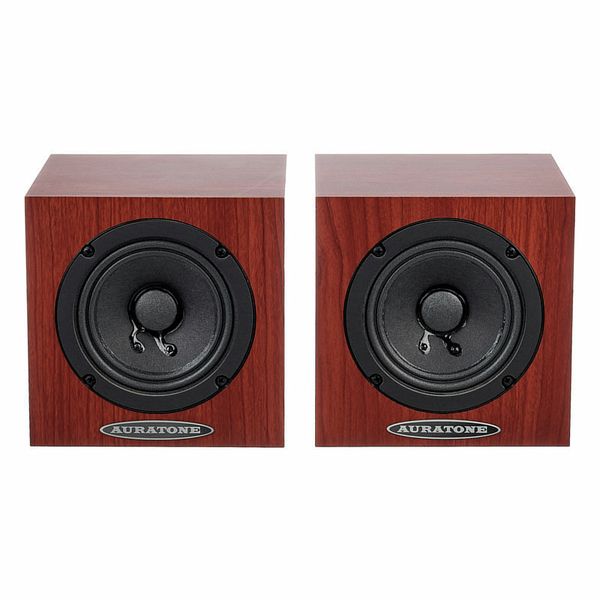
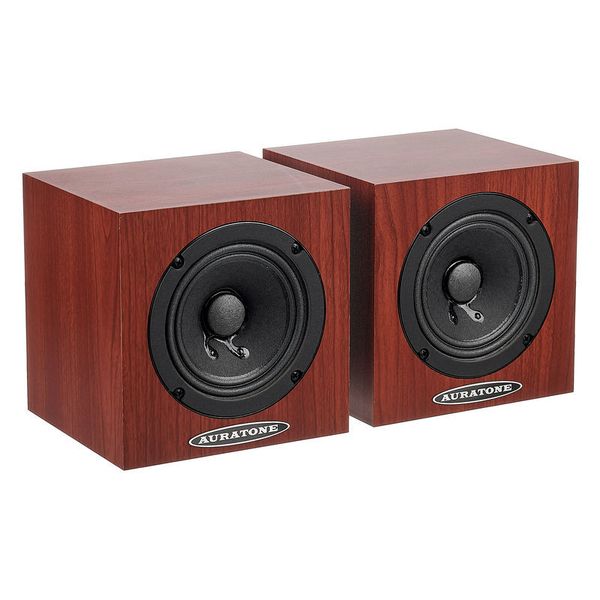
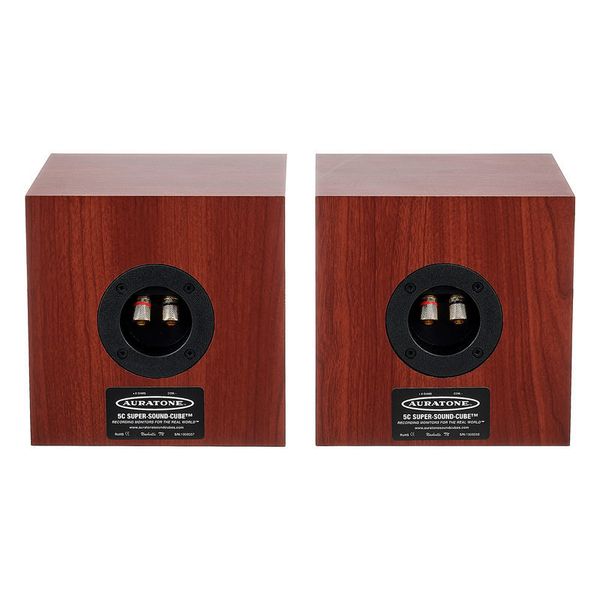
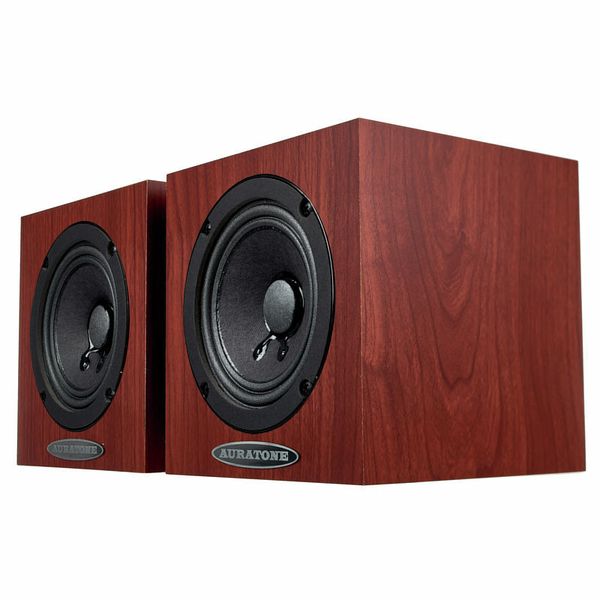
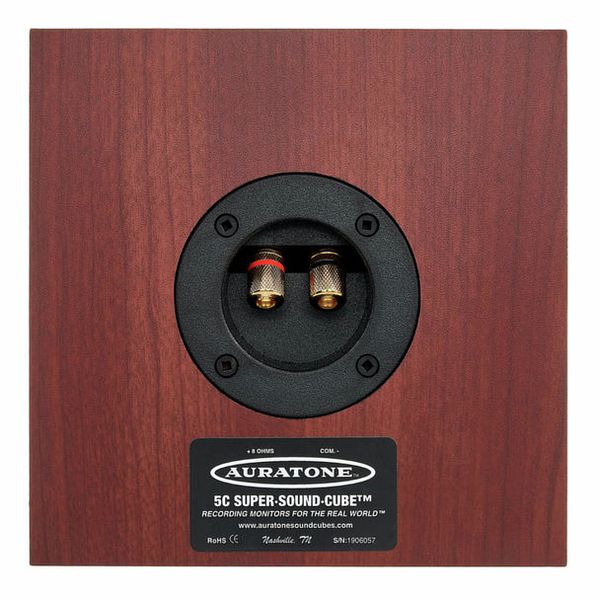
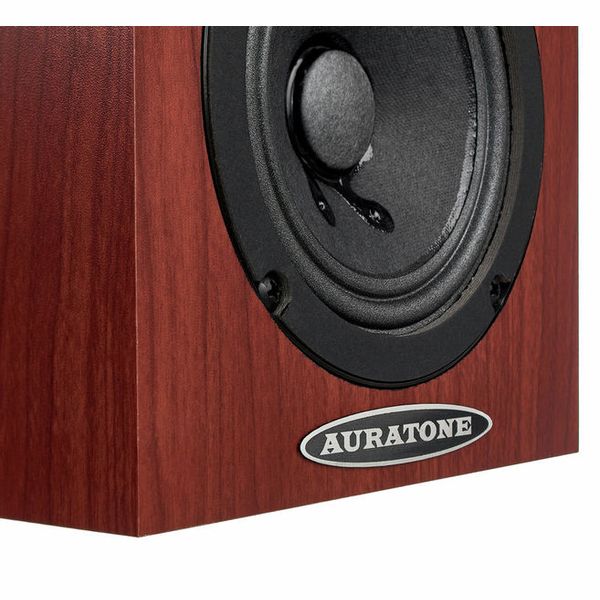








)
)
)
